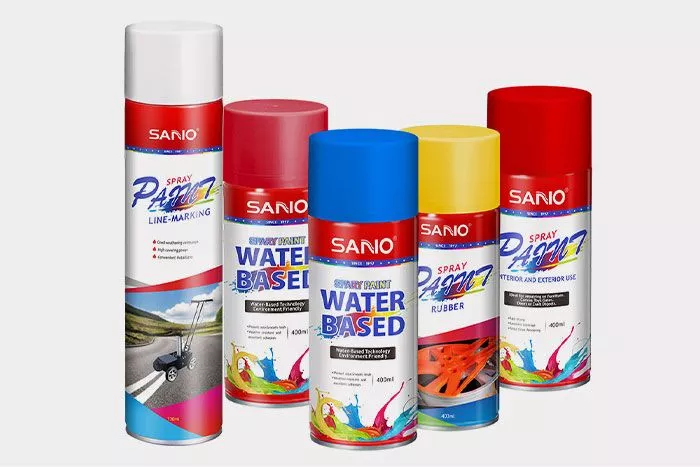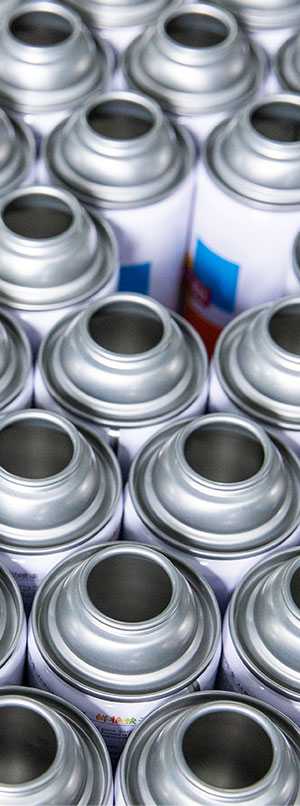Can I spray paint in cold weather? Spray painting in cold weather may seem challenging, but with the right techniques and high-quality products, achieving a successful paint job is entirely possible. As one of the leaders in the fine chemical industry, SANVO is here to share insights on whether you can spray paint in cold weather conditions.

Challenges of Spray Paint in Cold Weather
Spray painting in cold weather presents a unique set of challenges that can impact the quality and efficiency of your projects. From slow drying times to uneven application, these hurdles can be discouraging.
Cold weather can significantly extend the drying time of traditional spray paints. This prolonged drying process not only delays your project’s completion but also increases the risk of dust or debris settling on the wet paint surface. Low temperatures can cause traditional spray paints to become thicker, leading to inconsistent application and uneven coverage. Cold weather can compromise the adhesive properties of spray paints, resulting in poor adhesion to surfaces.
Expert Tips for Spray Painting in Cold Weather
Choose the Right Spray Paint: Opt for spray paints that are formulated to work well in cold weather. SANVO offers a range of spray paints that are designed to perform exceptionally even in lower temperatures. Look for features like fast drying and weather-resistance, which are crucial for cold weather applications.
Warm Up the Paint: If possible, store your spray paint indoors before using it. Cold paint can have a thicker consistency, making it harder to achieve an even spray pattern. Warming up the paint slightly can help improve its flow and coverage.
Prep the Surface: Proper surface preparation is essential for any painting project, especially in cold weather. Ensure the surface is clean, dry, and free from any contaminants that might affect adhesion and finish.
Adjust Spray Techniques: In colder temperatures, consider adjusting your spraying technique. Keep the spray gun closer to the surface and apply thin, even coats. This helps the paint adhere properly and reduces the risk of runs or drips.
Maintain Ideal Conditions: Whenever possible, try to create a controlled environment for your spray painting project. If it’s too cold outside, consider setting up a temporary spray booth or working in a garage to maintain a more consistent temperature.
SANVO’s Spray Paint Features for Cold Weather
Cold weather can extend the drying time of conventional spray paints, leading to frustrating delays in project completion. Sanvo’s spray paints are engineered for fast drying, ensuring that your work dries swiftly and maintains a flawless, long-lasting finish. With our paints, you won’t have to wait for extended periods, allowing you to work efficiently and accomplish more in less time.
Low temperatures can weaken the adhesive properties of spray paints, resulting in poor bonding to surfaces. Sanvo’s spray paints excel in maintaining superior adhesion, even when faced with cold weather challenges. This ensures that your projects remain securely coated, delivering professional and enduring results that can withstand the test of time.
Conclusion
Spray painting in cold weather is not only possible but also achievable with outstanding results when you follow the right techniques and choose the right products. With SANVO’s range of high-quality spray paints, you can confidently tackle your cold weather painting projects, knowing that our products are designed to perform exceptionally well even in challenging conditions. Trust in SANVO’s expertise and innovative formulations to make your cold weather spray painting endeavors a success.
